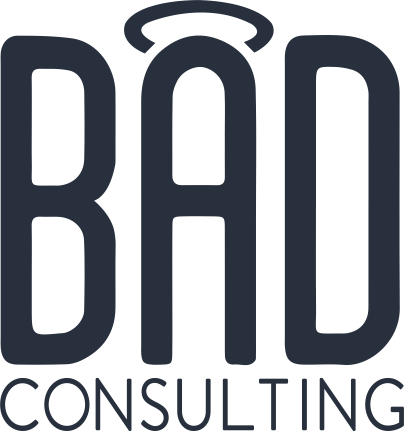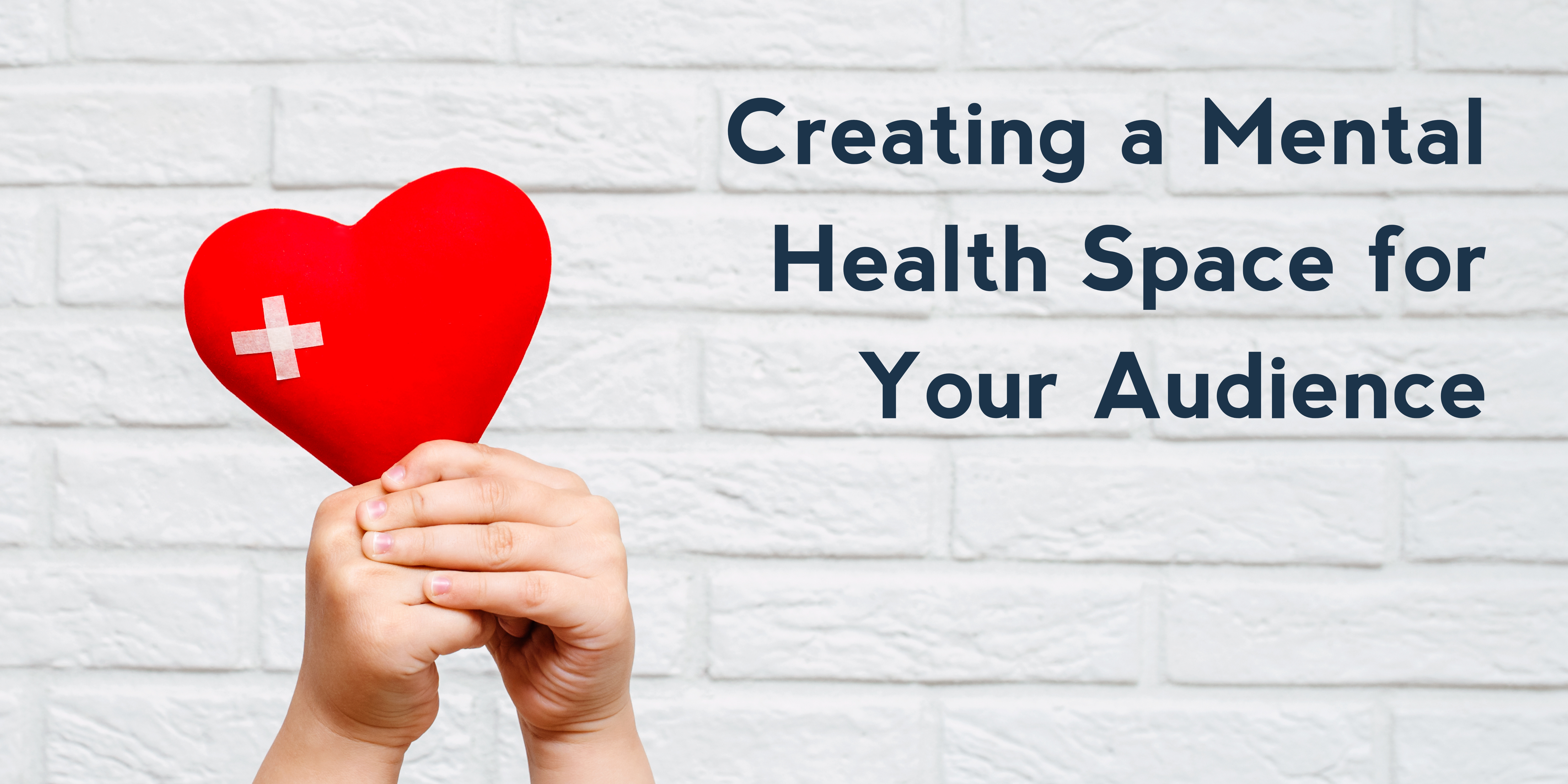So many brands say that they care about mental health. But when it comes down to it, most don’t do more than talking the talk. Walking the walk is just too hard. There are some brands where that’s just not enough and they just can’t get away with not doing anything.
But where do you get started? How do you make a space that sometimes feels like a dumpster fire feel safe for those dealing with mental health issues? Let’s take a look at some steps to get there.
Active moderation
The first step in creating a mental health space on your social media is to make it as safe as possible. That means super active moderation.
What does that look like?
The first step is to have some rules in place. They may change, but start off with a few that address any problems you’ve had in the past or you foresee happening in the future. And then if something pops up that you didn’t think about, be sure to add to your rules.
Then stick to them. You can give gentle reminders, but overall, make sure you are consistent is standing by those rules.
But more important than that, make sure you are standing by your community. If someone is being bullied in the comments, make sure everyone knows that’s unacceptable. Stand up so that others know that it’s safe for them to brave.
Start the conversation
The fact is that if you want to be a safe place to talk about mental health, you can’t sit back and expect others to do it on their own. Start conversations where they know that kind of talk is not only acceptable but welcome.
This can be as complicated as creating resources for mental health that are specifically made for your community. For example, if you have a community living with a condition, it’s much more helpful to give them something that addresses the specific mental health conditions they are likely struggling with rather than something more general. Getting more specific shows a greater understanding of the audience and therefore a more welcoming atmosphere.
But it also can be simpler. Just ask questions that start the conversation. And then know when to jump in to help keep the conversation going and when to back off to let fans talk to each other in a real, honest way.
Lead with empathetic language
When it comes to mental health, language is everything. A word placed in the wrong place can affect so much. So it’s extremely important that you are aware of what language you are using and to make sure it all comes from an empathetic place. It should be less about talking at your audience and more about being with them in this vulnerable moment.
Why is this so important? You’re asking a lot of your audience. You’re asking them to share and to be supportive of those who share. The best thing you can do is be the example of what this looks like, so they are more confident with responding to it in that empathetic way. And because of that, those in your community who share will feel so much more supported.
Prepare for mental health emergencies
Creating a safe space for mental health comes with a lot of responsibilities. One of those is keeping an eye out for those who might need a little extra help. But the most important is looking for those who are having a mental health crisis. Don’t wait for it to happen. Plan for what you will do before you see a person in crisis.
Who will reach out to them? How will they do it? What steps will they take? Getting everything written down. Then, when a crisis does occur, you don’t have to think about what you need to do. You can just focus on getting that person what they need as quickly as possible. And those seconds you shave off may be the difference between life and death.
Don’t strive for mental health perfection
This is hard. And you should be commended for your willingness to take it on. But don’t get stuck in your head trying to get every single detail perfect. That will lead to you not doing anything at all, which is the opposite of what needs to happen.
Move forward with your empathetic voice and accept that you will make mistakes. Learn from them and strive to do a little better next time. If you continually try to do a little better, the community will feel it and they will respond to it. So just try and know you will get better at this as time goes on.
How are you creating mental health spaces on social media? How is your audience reacting?

